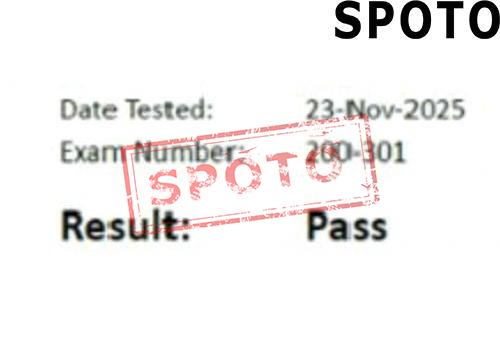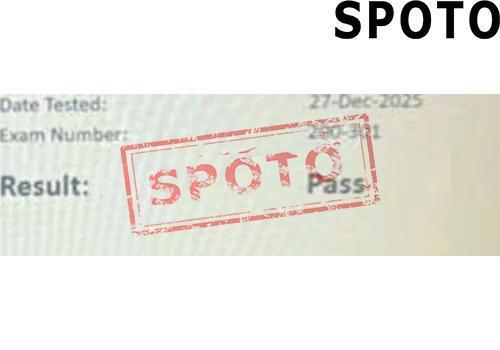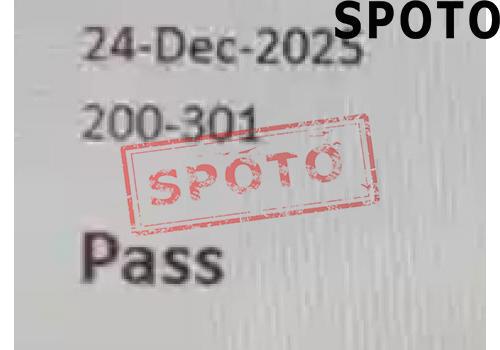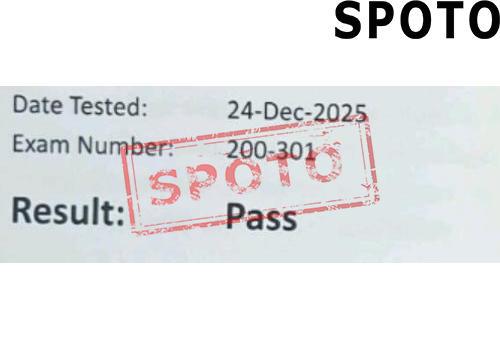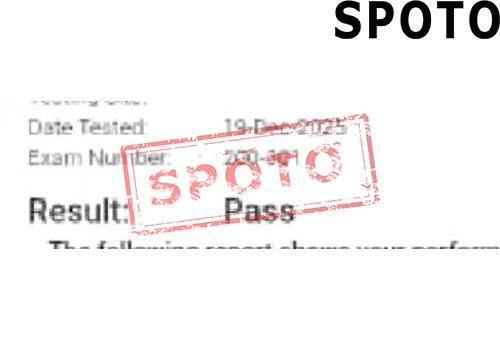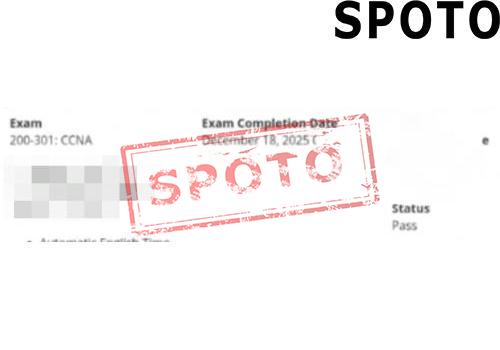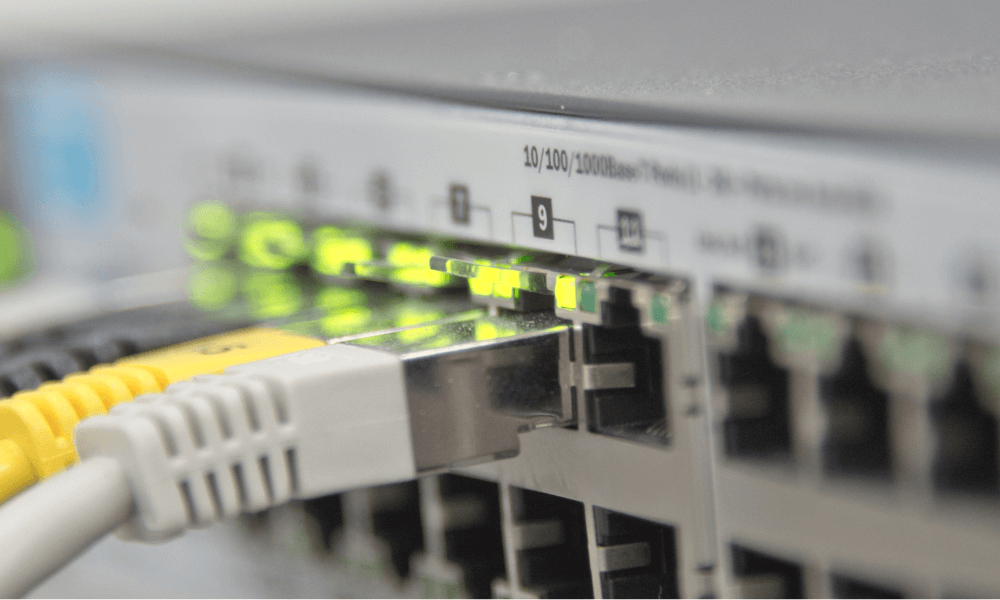
Table of Contents
In today's connected world, network stability and efficiency are critical. The Border Gateway Protocol (BGP) is a key Internet routing protocol, ensuring efficient and accurate data delivery worldwide.
BGP Overview
BGP is used to exchange routing information between autonomous systems (AS). Each AS can be considered a large network with its own routing policies and internal routing protocols. BGP allows these autonomous systems to share routing information with each other, thus building a global view of routes. This mechanism enables packets to cross different network boundaries and find the shortest or optimal path to their destination.
Basic Concepts of BGP
BGP is a protocol used to exchange routing information between networks, enabling different networks to communicate with each other and ensuring that data can find the best path from the source to the destination. BGP is a path vector protocol between autonomous systems that allows network operators to select routes based on specific policies and rules, thereby optimizing and load balancing network traffic.
Importance of BGP
The core value of BGP lies in its high degree of flexibility and configurability. It is not only capable of handling large-scale network environments, but it can also adapt to changing network conditions. With BGP, network administrators can implement complex routing policies to optimize network performance, enhance network security, and enable advanced capabilities such as traffic engineering.
Differences between BGP and Other Routing Protocols
Compared to other routing protocols, BGP has several significant features:
- Scale: BGP can handle large-scale network environments and is suitable for Internet-level routing.
- Policy: BGP allows network administrators to tailor routing based on specific service needs and policies.
- Flexibility: BGP supports a variety of routing attributes and path selection criteria, providing a high degree of flexibility.
- Scalability: As the network evolves, BGP is able to adapt to new technologies and requirements, such as IPv6 and MPLS.
Routing Principles of BGP
BGP's routing principles are complex and flexible, ensuring optimal and efficient routing in the network. By understanding these principles, network administrators can better control network traffic, achieve load balancing, and improve network stability and performance. As network technology continues to evolve, the routing principles of BGP are constantly adapting to new requirements and challenges.
BGP Routing Mechanism
The BGP routing mechanism is based on a series of decision-making processes that work together to select routing information. BGP routers maintain a routing table containing all possible paths to different destinations. The purpose of the routing mechanism is to select an optimal path from this table. The main steps are:
- Collect routing information: BGP routers collect routing information through communication with other BGP routers.
- Route table construction: The collected information is stored in the route table, with each entry containing information about the path to a specific destination.
- Path selection: BGP sorts paths in the routing table based on predefined routing principles to determine the optimal path.
BGP's Path Selection Algorithm
BGP's path selection algorithm is dynamic, adjusting based on changes in network conditions and policies. The key components are:
- Path vector: BGP is a path vector protocol, passing not only destination information but also the entire path to the destination. This helps the BGP router understand the composition of the entire route.
- Autonomous System Path (AS_PATH): The AS_PATH attribute records all the autonomous systems through which the route passes. BGP tends to choose paths that go through fewer autonomous systems, as they are generally more stable and less expensive.
- Path length: Path length refers to the number of autonomous systems required to reach the destination. Shorter paths are generally considered preferable.
Attributes of BGP and their Impact on Routing Decisions
BGP attributes are key factors affecting routing choices. Some of the main attributes are:
- AS_PATH: Helps BGP routers understand the origin and composition of routes.
- NEXT_HOP: Specifies the IP address of the next hop to the destination, which is essential for route forwarding.
- LOCAL_PREF: Used to make a choice among multiple routes to the same destination, especially within the same autonomous system. A higher LOCAL_PREF value means a higher priority.
- MED (Multi-Exit Discriminator): Set by the EBGP neighbor and used to affect the routing of the IBGP neighbor. Lower MED values are generally considered better, indicating lower routing costs.
- COMMUNITY ATTRIBUTE: Allows BGP routers to apply more complex policies in the routing process, such as tagging specific routes for special treatment.
BGP Configuration on Cisco Devices
1. Configuring BGP on Cisco Devices
Configuring BGP on Cisco devices involves several essential steps. Here's a guide to setting up BGP:
Step 1: Enable BGP
Start by entering the global configuration mode and enabling BGP with a specific Autonomous System (AS) number.
Router> enable Router# configure terminal Router(config)# router bgp <Your_AS_Number>
Step 2: Configure Neighbors
Define BGP neighbors by specifying their IP addresses and the AS numbers they belong to.
Router(config-router)# neighbor <Neighbor_IP_Address> remote-as <Neighbor_AS_Number>
Step 3: Network Advertisement
Advertise the networks that should be reachable through BGP. Use the network command to specify the networks.
Router(config-router)# network <Your_Network_Prefix> mask <Your_Subnet_Mask>
Or, using CIDR notation for newer IOS versions:
Router(config-router)# network <Your_Network_Prefix>/<Your_CIDR_Mask>
Step 4: Apply Configuration
Exit the configuration mode and save the changes.
Router(config-router)# end Router# write memory
Step 5: Verify Configuration
Ensure that the BGP configuration is correct and that BGP neighbors are up.
Router# show ip bgp summary
2. Configuration Example and Commands
Let's go through a practical example where you configure BGP on a Cisco router with AS number 65020, and you want to establish a BGP session with a neighbor router with IP address 10.0.0.2 and AS number 65030.
Router> enable Router# configure terminal Router(config)# router bgp 65020 Router(config-router)# neighbor 10.0.0.2 remote-as 65030 Router(config-router)# network 192.168.1.0 mask 255.255.255.0 Router(config-router)# end Router# write memory
In this configuration:
router bgp 65020starts the BGP process with AS number 65020.neighbor 10.0.0.2 remote-as 65030sets up a BGP neighbor with IP address 10.0.0.2 and AS number 65030.network 192.168.1.0 mask 255.255.255.0advertises the network 192.168.1.0/24 into BGP. (Note: If your Cisco IOS version supports it, use CIDR notation likenetwork 192.168.1.0/24.)endexits back to privileged EXEC mode.write memorysaves the configuration to the device's non-volatile memory.
After configuring BGP, use the show ip bgp summary command to verify that BGP neighbors are established and to check the status of BGP routes.
Conclusion
In summary, BGP is the backbone that supports the modern, interconnected networks we rely on every day. As network complexity continues to grow, a deep understanding of BGP's routing principles will become increasingly valuable for building efficient, secure, and future-ready network architectures. Mastering BGP is a key step towards navigating the evolving landscape of enterprise and internet-scale networking.
